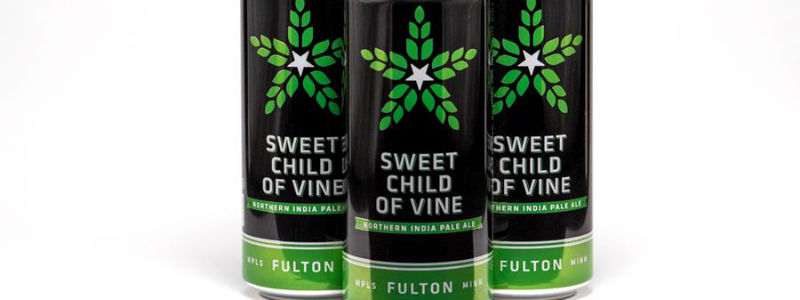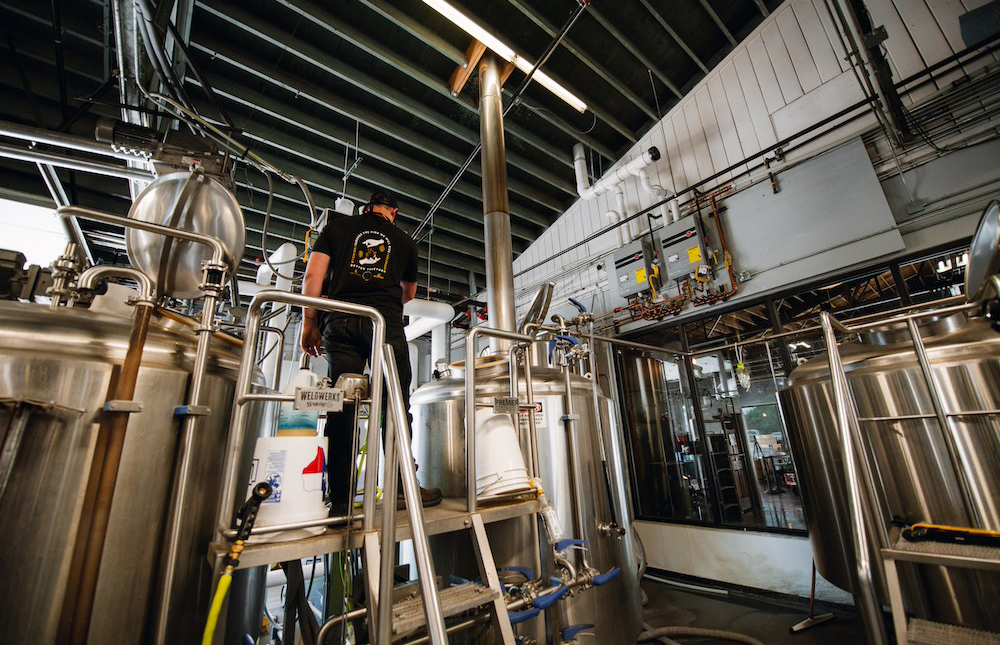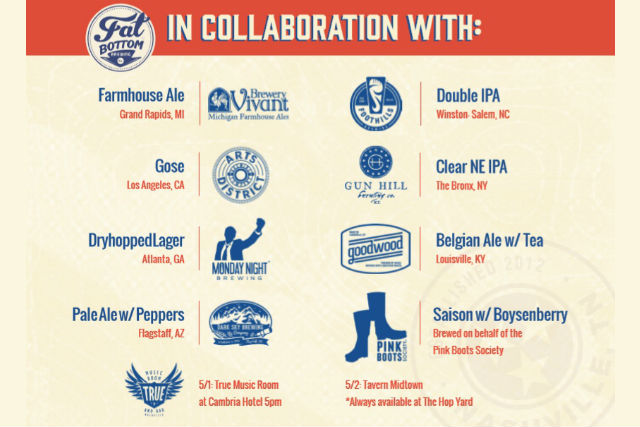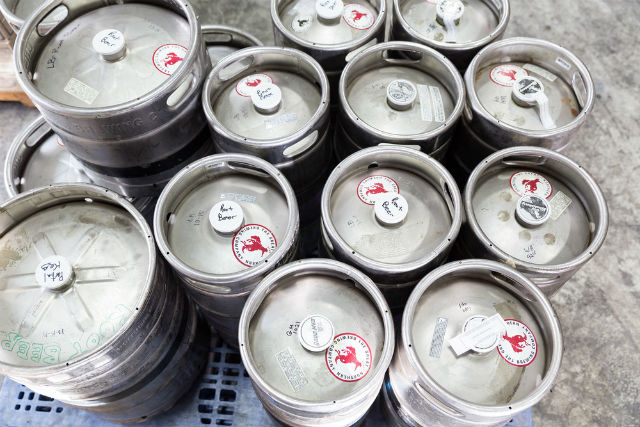
When you are a smaller brewery, you don’t need as many hops. As you grow, you will need more. Seems simple enough, right? Well for Minnesota’s Fulton Brewing, as they grew, they realized the importance of such instances. A shortage of Simcoe in 2010 lead to the brew team having to revamp a up-and-coming beer, Sweet Child of Vine IPA.
“On every one of our early sales calls [in mid-2009], bartenders and managers asked if we made an IPA,” the brewery said. “The recipe was an unusual convergence of American IPA ingredients with English-style balance. It featured two relatively new or obscure hops, Simcoe and Glacier, along with a malt bill consisting of a healthy dose of White Wheat and Caramel 60. We weren’t sure what people would think of it, but we started bringing bottles of a homebrewed IPA we called “Sweet Child of Vine” on our sales calls.”
The brew was a hit and the guys starting the brewery were excited that they had a sellable brew.
“We went from wondering which of our beers people would even like, to wondering how we were going to even meet demand,” they said. Fulton launched Sweet Child of Vine as its sole beer in October 2009 and didn’t release another year-round beer for another eight months. They had to limit distribution to keep up with demand in fact.
“Sweet Child was initially available draft only to just seven bars. Soon we added another nine, then we upped it to 25, then 35, then 50,” they said. “It was two full years before we had the capacity to release Sweet Child in bottles. What had started out as a homebrewing recipe brewed for our own enjoyment had quickly blossomed into one of the hottest new beers around.”
Then came 2010 and the brewery was set to order a bunch more hops on spot, especially Simcoe. The brewery’s hop supplier was out and Simcoe wouldn’t be available to Fulton for at least three years.
“So that’s how learned about hop contracts,” they said. “As a brand new startup, we weren’t prepared in the least for that answer, but we adapted. Less than six months after we sold our first pint of Sweet Child, we had to replace Simcoe in the recipe with something else.”
After trying a few substitutions, they landed on CTZ (Columbus/Tomahawk/Zeus) as a replacement for Simcoe.
“For most of Sweet Child of Vine’s history as a commercially available beer, CTZ, not Simcoe, has been the signature hop variety alongside Glacier,” they said.
But the brew team never forgot the original formula and they wanted to bring it back.
“The bigger the beer became, the more unlikely it seemed that we ever would be able to source enough of the hop variety that was simultaneously exploding in popularity,” they said.
Fast forward to late 2016 and the brewery was able to secure a contract for Simcoe to and revisit the idea of making the popular Sweet Child of Vine in its original draft form. Now older and wiser, the brewery is dialing back the proportion of Caramel in the recipe as well.
“In our — extremely biased — opinion, Sweet Child is one of the most versatile and all-out enjoyable IPAs on the market today,” they said.







Be the first to comment